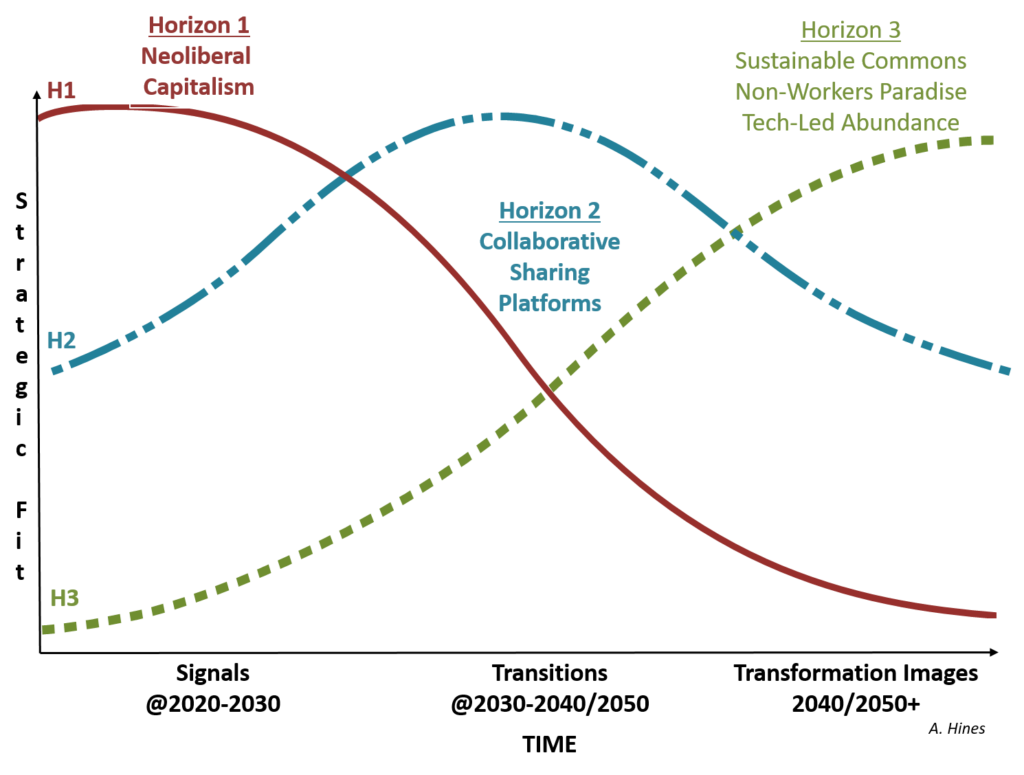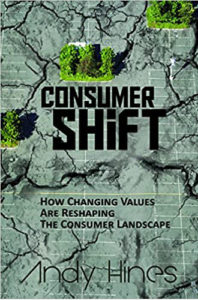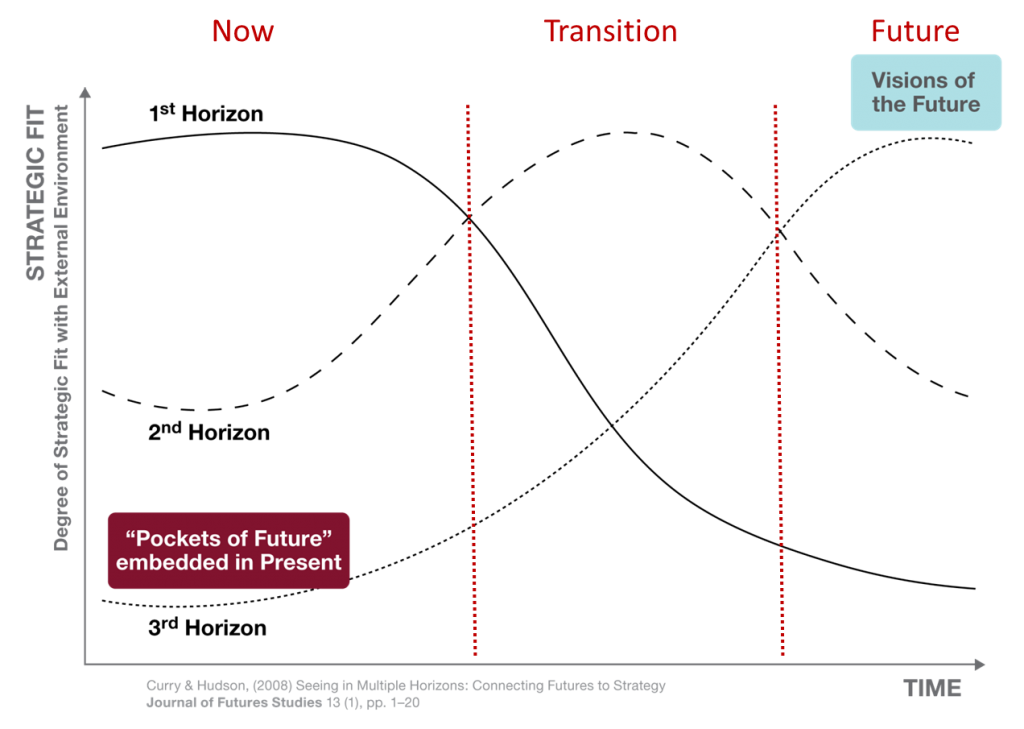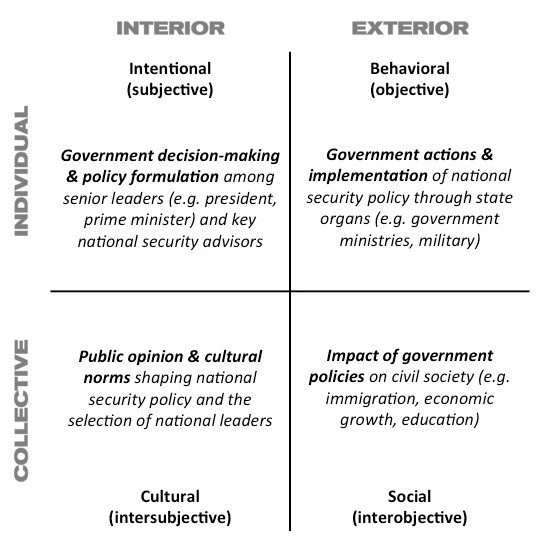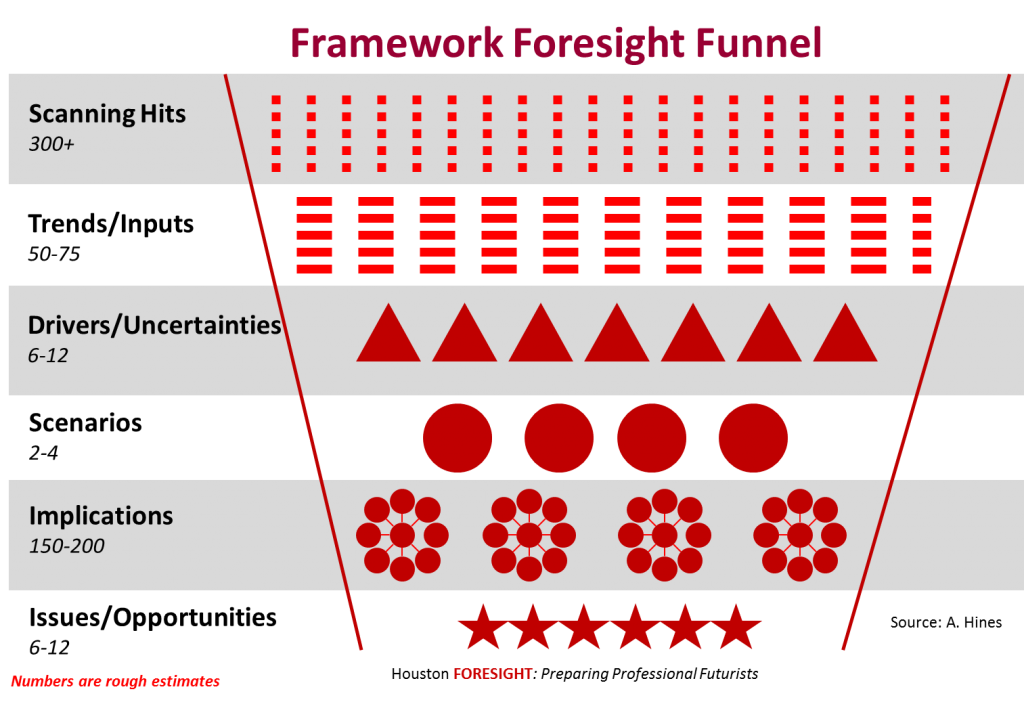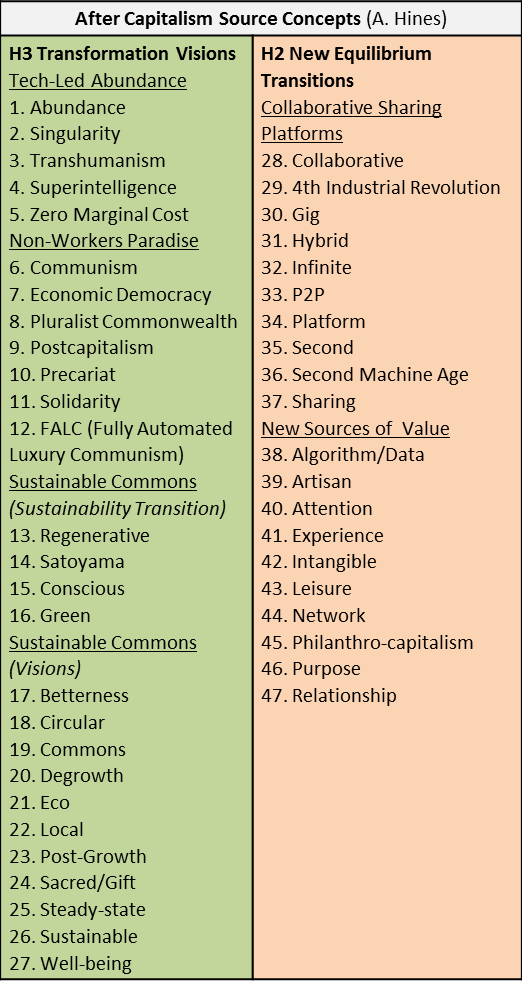I have little doubt that whatever After Capitalism system emerges will feature a greater emphasis on local matters. This theme comes through clearly in the works consulted during this research. I’m currently using BALLE’s local economy framework as the placeholder for a local concept. No offense to their fine work, but I’m not quite satisfied with it, and I’ve been casting about for another model.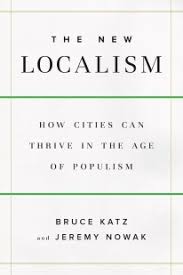 Thus I read Katz’s and Nowak’s “The New Localism.”
Thus I read Katz’s and Nowak’s “The New Localism.”
It’s a fine work with some fine ideas, but alas it does meet our criteria for being a new image of the future. Like so many works with “new” in the title, it is firmly situated within the current capitalist context. And what’s presented as new is mostly based on relatively old examples. It raises an interesting issue for us futurists. To get a mainstream publishing deal and audience, you have to present solid evidence and case studies – by definition that forces you into the past. If you try to write without that….good luck! Thus our “new” books rarely cover much that is new. [that’s not a knock on the authors — they are doing the smart thing!]
Nonetheless, there are some interesting lessons for us. A basic premise of the work is that as national governments, particularly the US, wrestle with populism and an overall lack of effectiveness, cities have been forced to step into the void and take on a more active role in problem-solving. This shift is also part of the larger social change of vertical approaches giving way to horizontal ones: from hierarchies to networks. Networks of public, private, and civic actors, and globally along transnational circuits of capital, trade, and innovation are taking an increasingly role in shaping the future. New Localism refers to these multi-sectoral networks that work together to solve problems.
Pittsburgh’s revival around robotics, Indianapolis’s reinvention around sports and biotech, and Copenhagen’s successful reclamation of public assets are used as in-depth case illustrations of this new localism. Plenty of other examples are introduced as well. The book is chock-full of solid suggestions and recommendations to help cities flourish, but they are clearly situated within – and not questioning of – the neoliberal capitalist baseline. It relies more on successful examples of the past and present, and does not address the changing future context in a meaningful way, which of course is of greatest interest to us.
That said, one is indeed left with a solid case for how power is shifting from the national to the local context, which is an important insight for understanding the future. My quest for a local framework for After Capitalism continues – please let me know if you’re aware of a work fitting that bill. – Andy Hines
